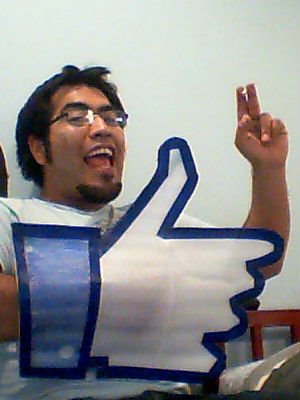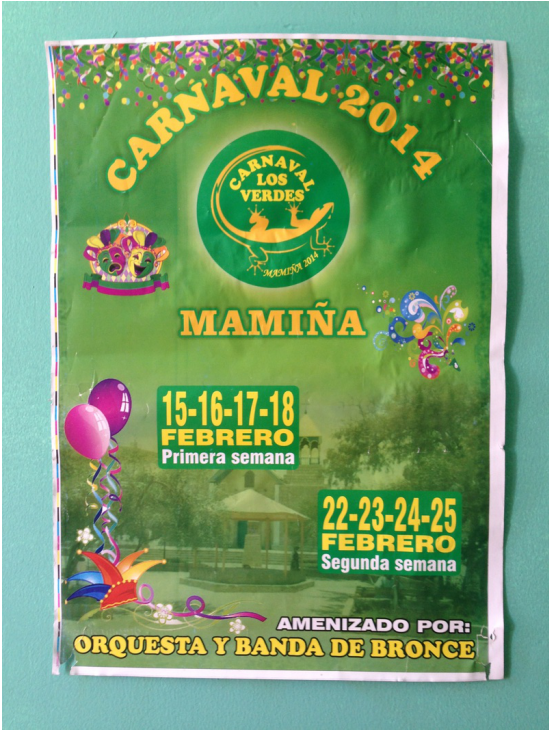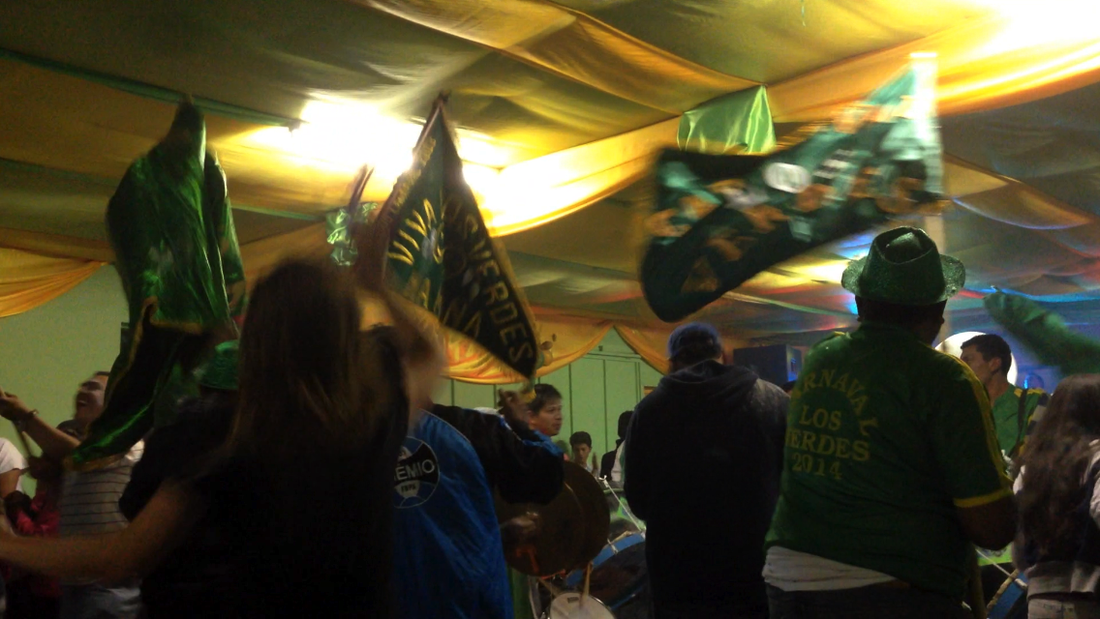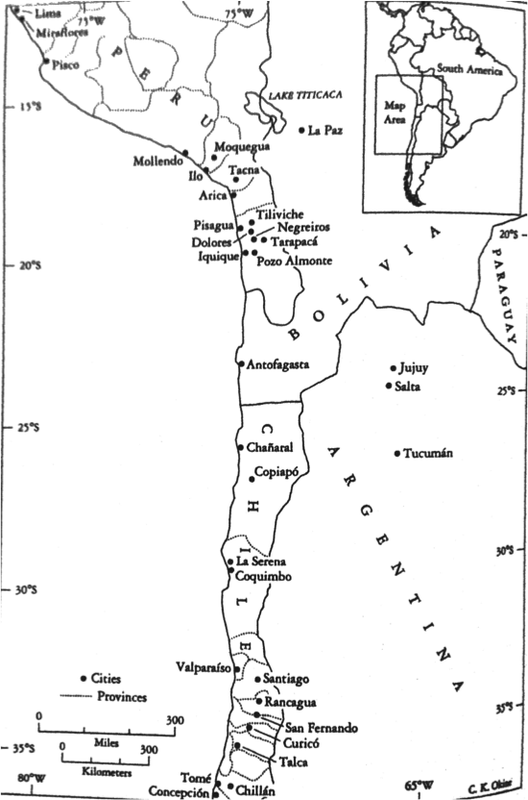Here in Northern Chile, Facebook still reigns among social networking sites. Particularly for people over 25, sites like Instagram, Snapchat, and Twitter are rarely used. And through interviews and surveys, as well as actually observing what people here do online, I’m finding that people feel far more comfortable ‘liking’ and commenting on posts rather than creating their own new content.
During an interview just last night, a man in his late 20s who I will call Sebastian told me “I see everything but I don’t write anything… If my friend writes ‘I’m angry’ I just don’t see the point. Why tell everyone? For me I like reading what my friends post, but I hardly ever post anything.” He then made fun of his sister-in-law who was also present for sometimes writing ‘Goodmorning’ or ‘Goodnight’ on Facebook. “It’s just silly. Why do you have to tell everyone something so basic? And sometimes—not you Celia, but others, it’s just annoying when my Facebook is filled with all these pointless posts and I can’t see the interesting things posted about films I want to see or friends in Argentina.” This sentiment has been echoed many times by both men and women from their early 20s to late 60s. In fact, when looking closely at around 50 different Facebook profiles from Northern Chileans, the average person only created a new status message 4 or 5 times in 2 weeks.
read the rest of this entry on the WHY WE POST blog




 RSS Feed
RSS Feed
